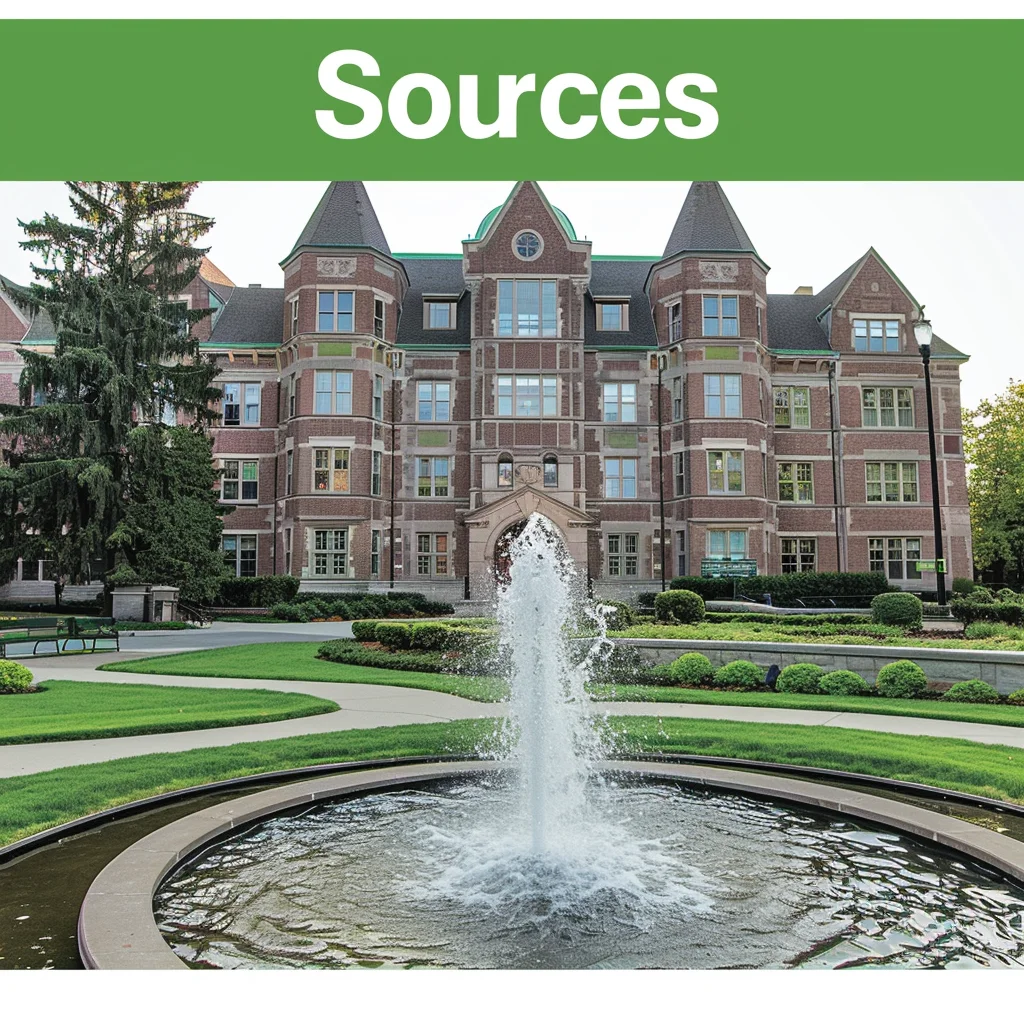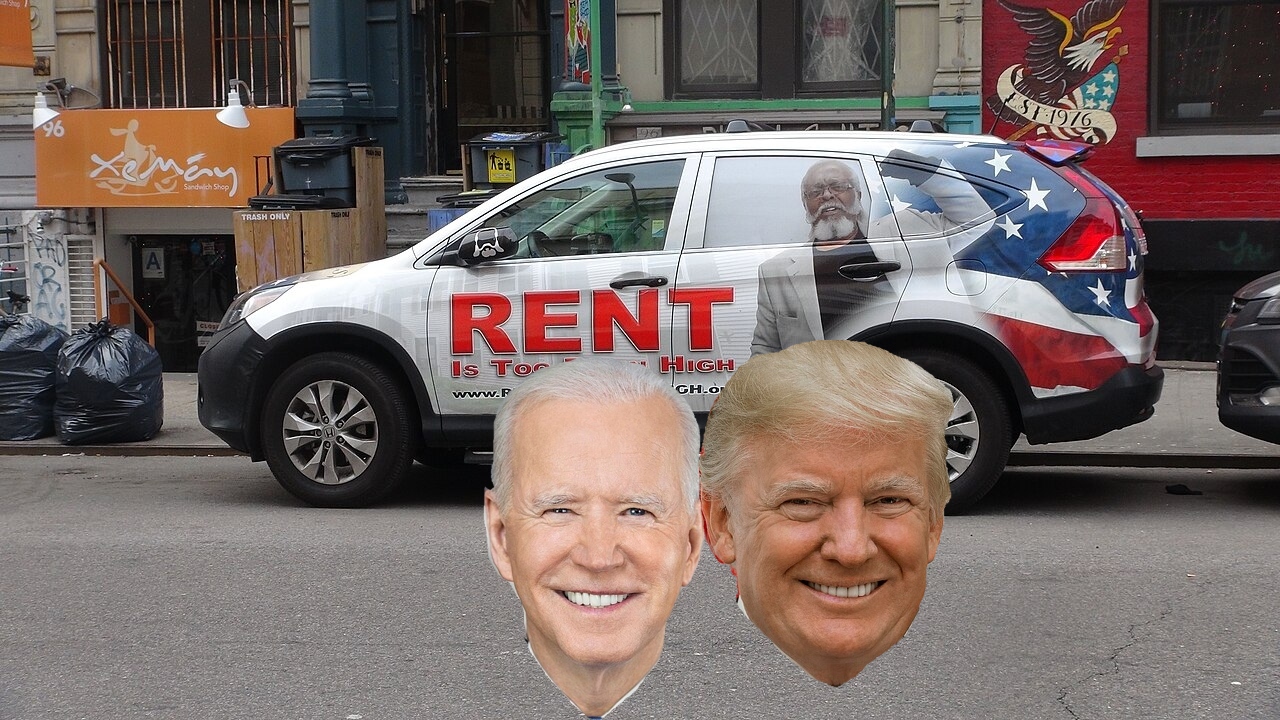As the COVID-19 pandemic receded, the U.S. housing market began grappling with a significant challenge: rapidly increasing rent rates. Under President Joe Biden’s administration, a notable surge in immigration has become intertwined with this trend, potentially contributing to the escalating costs of rental housing.
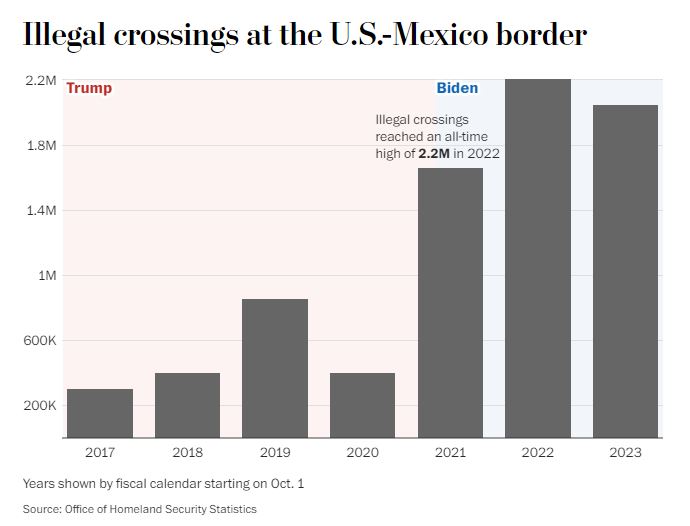
Upon taking office in January 2021, President Biden swiftly reversed many of the restrictive immigration measures implemented during the Trump era. Although Biden pledged to enforce immigration laws, his administration rolled back key Trump-era policies and temporarily maintained Title 42, a pandemic-era rule permitting the expedited expulsion of border crossers. However, this period saw a dramatic increase in illegal border crossings, with families, single adults, and unaccompanied minors arriving in unprecedented numbers.
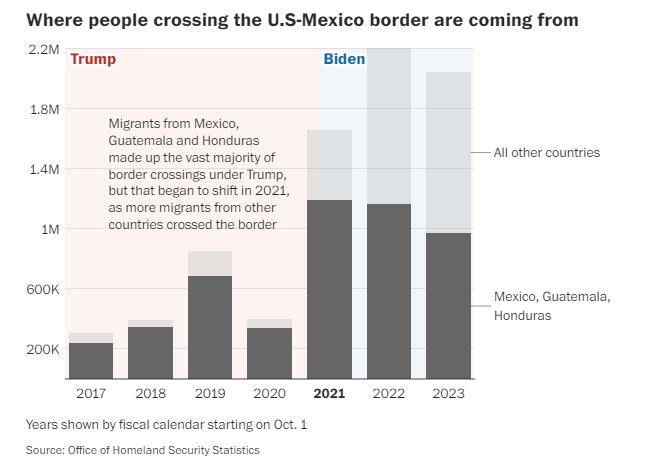
The data highlights a striking rise in net international migration under Biden’s leadership. According to the Congressional Budget Office (CBO), net international migration leaped from under 500,000 in 2019 to an estimated 2.6 million in 2022, reaching 3.3 million in 2023. This growth has been primarily driven by asylum seekers and humanitarian parole grantees from Central and South America, reshaping the demographic landscape of the United States.
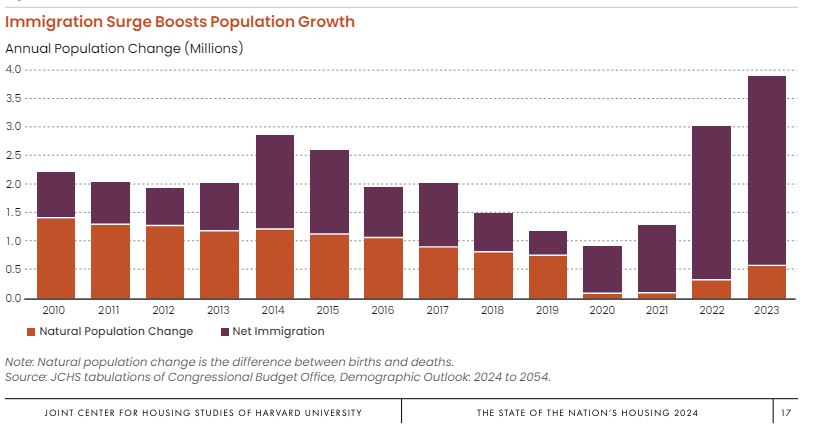
Harvard’s recent report illuminates how this surge in immigration is influencing housing markets. Newly arrived immigrants are significantly contributing to household formation, although their rates remain below those of earlier immigrants and the native-born population. In 2022, about 35 percent of immigrants aged 18–64, who arrived within the last five years, headed a household. This is lower than the 41 percent of immigrants who arrived between 2012–2016 and the 47 percent household formation rate of the native-born population in the same age group.
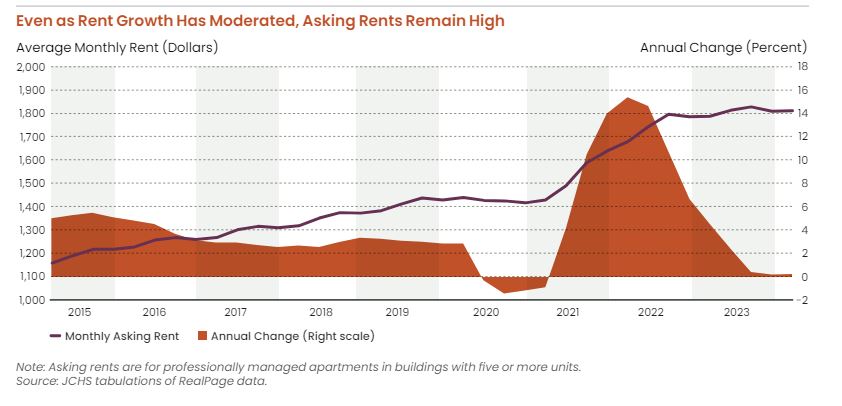
Despite the lower household formation rate, the sheer volume of new arrivals is placing increased demand on housing. Many recent immigrants lack legal status or work authorizations, which limits their earning potential and restricts their housing options, often pushing them into lower-end rental markets. As a result, areas with high concentrations of new immigrants are experiencing heightened demand for affordable rental units, contributing to rising rents.
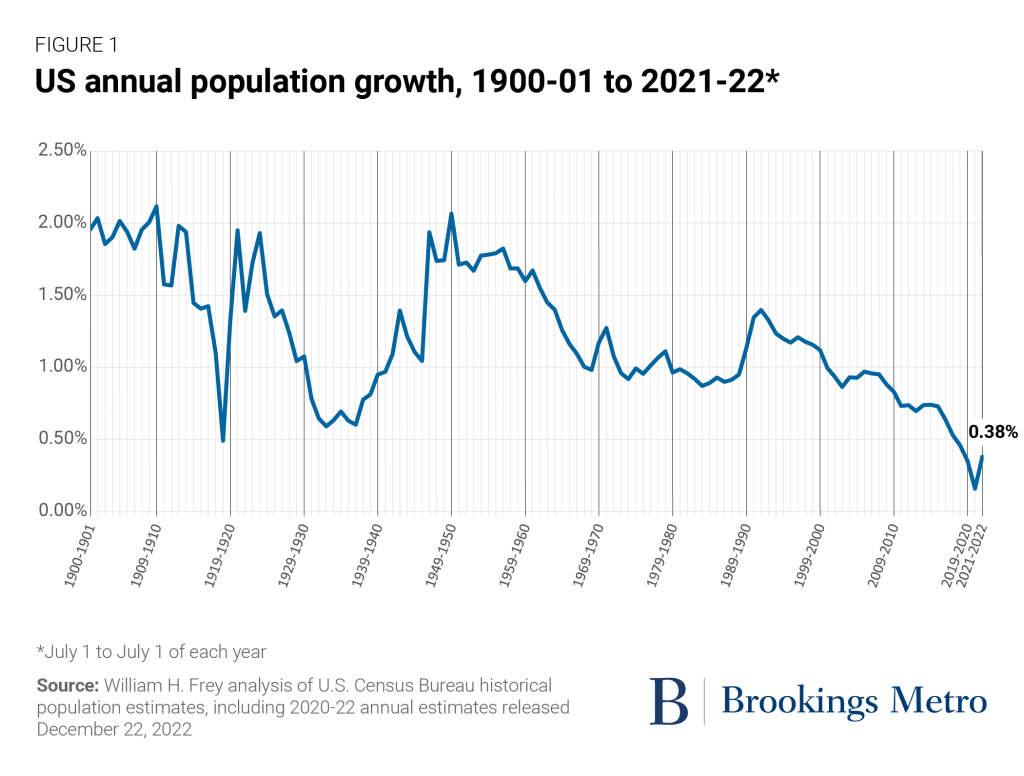
The surge in immigration coincides with a period of slowing natural population growth in the U.S., primarily due to declining birth rates and increasing mortality rates among the aging population. In 2023, the U.S. recorded only 500,000 net natural population growth—significantly down from 1.3 million in 2013. This demographic shift means that the recent surge in immigration has become a crucial driver of overall population growth.
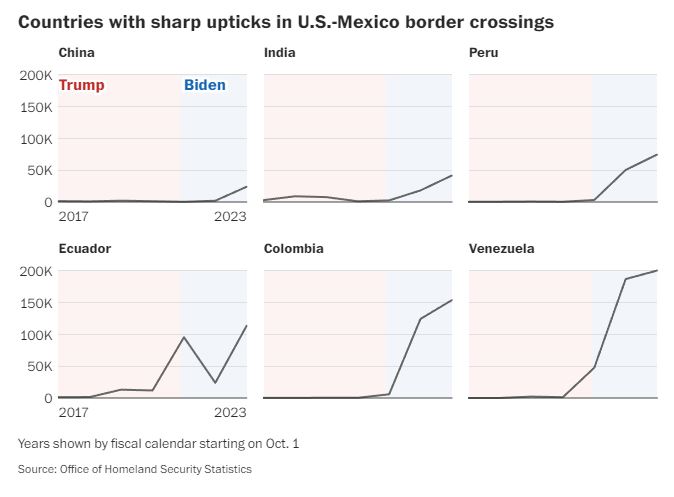
This population increase, driven by immigration, is placing additional strain on an already tight housing market. The surge in demand, coupled with limited affordable housing supply, is pushing rents higher, exacerbating affordability challenges for both long-term residents and newly arrived immigrants.
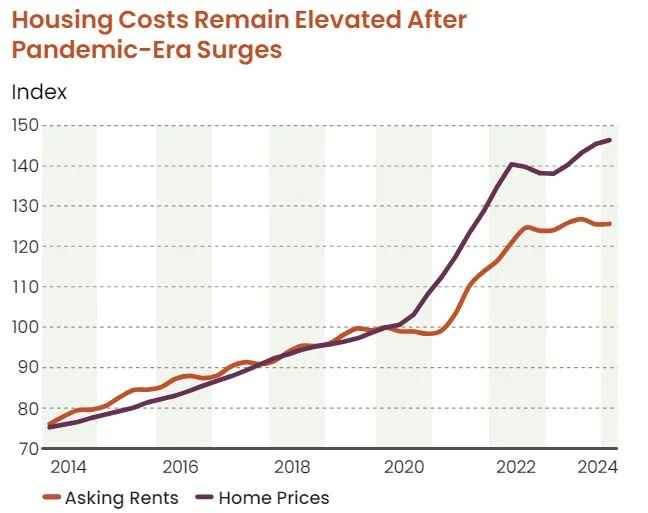
While numerous factors contribute to rising rent rates, the recent influx of immigrants under the Biden administration is undoubtedly a significant factor. The demand for housing is directly influenced by population growth, and with millions of new immigrants entering the country, this demand has surged. The pressure is most acute in urban areas and regions with established immigrant communities, where the competition for affordable rental housing is fierce.

The Harvard report underscores that the full impact of this immigration surge on housing markets is still unfolding. As more immigrants settle and stabilize their economic footing, their influence on housing demand is likely to intensify, potentially leading to further increases in rent prices.

The intersection of immigration policy and housing affordability is a complex and multifaceted issue. The Biden administration’s approach to immigration has undeniably contributed to a significant influx of new residents, which, in turn, has strained the housing market and pushed rent rates higher. As the U.S. navigates this evolving landscape, addressing the dual challenges of managing immigration and ensuring affordable housing will be crucial to maintaining economic stability and social cohesion.
